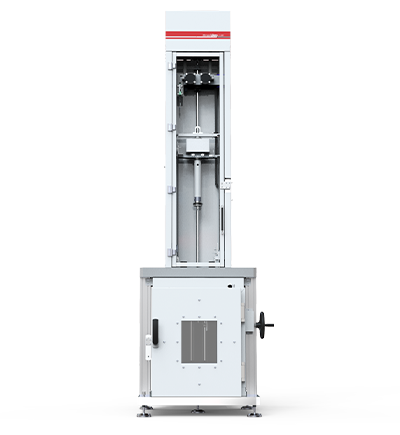ASTM D5420 is a standard test method used to evaluate the impact resistance of plastic materials. By measuring how a material responds to a controlled impact, this test helps assess durability and suitability for various applications, including automotive, packaging, construction, and consumer goods. The test is particularly useful for determining how plastics behave under sudden forces, which can be critical in product design and safety assessments.
WHAT IS ASTM D5420?
ASTM D5420 defines a procedure to determine the toughness and impact strength of plastics through a falling weight impact test. This method standardizes conditions such as the impactor shape, weight, and height to ensure consistent and repeatable results. It is commonly used to compare different plastic materials, assess their mechanical properties, and predict performance under real-world stress conditions.
This standard plays a crucial role in material selection, as manufacturers use it to ensure that plastic components can withstand mechanical shocks, accidental drops, and other impact-related forces without suffering catastrophic failure.
WHAT DOES ASTM D5420 MEASURE?
This test measures the impact resistance of a plastic sample by quantifying the energy required to cause failure. The results help engineers and material scientists select materials that can endure real-world mechanical stresses and impacts without cracking or breaking.
Key parameters measured include:
- Impact energy absorption – how much energy the material can absorb before failure occurs.
- Material deformation and fracture behavior – whether the material bends, cracks, or shatters upon impact.
- Failure mode (brittle or ductile) – determines if the failure is a clean break (brittle) or involves stretching and deformation (ductile).
- Consistency and repeatability – ensures reliable comparisons across different materials and testing conditions.
ASTM D5420 – HOW TO PERFORM A TEST
The ASTM D5420 test follows a precise methodology to ensure accurate impact resistance assessment.
- The process begins by selecting and preparing the required number of test specimens according to the standard. Each specimen is labeled and conditioned under specific environmental parameters before testing.
- Once prepared, the appropriate test geometry is chosen, and the test apparatus is configured accordingly. Before proceeding, the thickness of each specimen is measured at the impact area. For injection-molded specimens, if the thickness variation remains within 5%, a single measurement is sufficient.
- To maintain unbiased results, a specimen is randomly selected. It is then carefully positioned on the support plate, ensuring consistency in surface alignment across all tests. The impact test itself involves raising the striker foot and weight to a designated height. Before releasing the weight, it is crucial to verify that the specimen is lying flat against the support plate. Upon release, the weight strikes the specimen, and the resulting impact is analyzed.
- Following the test, the specimen is examined for visible signs of failure, such as cracks, fractures, or permanent deformation. If damage is not immediately evident, a dye penetrant like gentian violet may be applied to reveal microcracks. Based on the results, the drop height is adjusted. If the specimen fails, the height is reduced while keeping the weight constant. Conversely, if the specimen remains intact, the height is incrementally increased for the next test. This process continues until a consistent failure pattern emerges.
TESTING MACHINE FOR ASTM D5420
To perform ASTM D5420 tests, specialized impact testing machines are required. These machines typically include:
- Adjustable drop height mechanisms to control impact energy and simulate various impact scenarios.
- Interchangeable striker geometries to accommodate different material properties and testing needs.
- Secure sample holding fixtures to ensure accurate and repeatable test conditions.
- High-speed data acquisition systems to capture impact forces, sample deformation, and failure characteristics with precision.
At STEP Lab, we designed the DW Series, advanced systems to conduct impact tests in adherence to ASTM D5420 standard.
- Impact velocities up to 5.0 m/s (up to 20 m/s with a spring preload system)
- Range of standard drop weights (0.5 to 10 kg, totaling 70 kg)
- Impact velocity acquisition at 200 kHz
- Force signal acquisition rate up to 10 MHz.
To find out all the details on our DW Series, click the button below.




